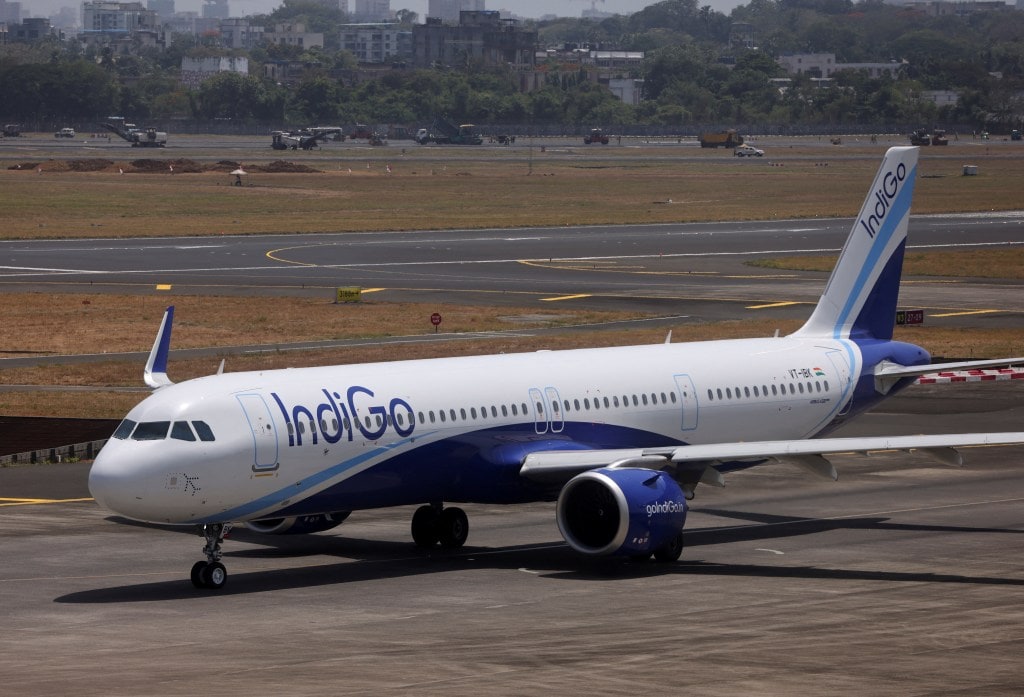Indian aviation giants IndiGo and the Air India group have asked the Directorate General of Civil Aviation (DGCA) to introduce a Fatigue Risk Management System (FRMS). This is needed to fully implement debated changes to the Flight Duty Time Limitation (FDTL) rules for crew members, The Indian Express reported. Both airlines have suggested a phased rollout starting in June 2025.
In their letters to the DGCA earlier in December, the airlines had informed the regulator of their proposed timelines for bringing in the changes. The most debated changes include adjustments to night flying hours, limits on landings, and increasing the mandatory weekly rest period for pilots from 36 hours to 48 hours.
In March, the DGCA postponed the implementation of new FDTL rules, originally set for June 1, without announcing a new deadline. Airlines had raised concerns that the rapid rollout of these rules—designed to improve fatigue management—would require hiring and training many more pilots in a short time. They argued this could lead to capacity issues and disruptions in flight schedules and operations.
In their communication to the DGCA earlier this month, IndiGo and Air India emphasised the need for the implementation of the FRMS framework, noting that their timelines for adopting the new FDTL norms would depend on the establishment of the framework, The Indian Express said. An FRMS enables airlines to adapt their policies, procedures, and practices to monitor and mitigate crew fatigue risks using data-driven, scientific methods.
Sources indicate that IndiGo proposes to gradually increase the weekly rest period starting from June 2025, rather than implementing the change all at once. Regarding adjustments to night flying rules, IndiGo has urged the DGCA not to extend the definition of night flying by an hour, preferring to maintain the current definition from midnight to 5 am.
On the issue of limiting night landings for flight crews to two, IndiGo has reportedly told the regulator that this change could be implemented from October 2026. It also wants the new rule to apply only if the entire five-hour night window (midnight to 5 am) falls entirely within the pilots’ duty hours for that day.


